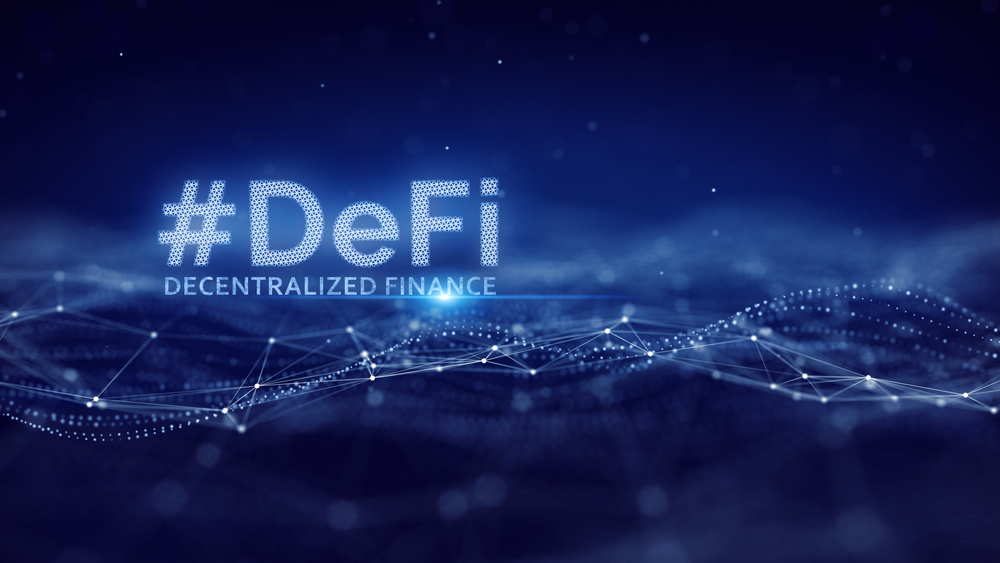Understanding Significance of Composability in the DeFi ecosystem
In decentralized finance (DeFi), composability is the capability of different protocols and applications to communicate with each other flawlessly, permitting their building blocks to be integrated to develop new functional services or functionalities. The interoperability and Leo blocks are similar in that various protocols can be amassed and flexibly merged.
Composability’s importance in the decentralized finance ecosystem manifests in evoking innovation by permitting developers to swiftly utilize preexisting protocols to develop innovative financial products. The agility ensures innovation and DeFi’s progress, developing a dynamic service environment.
Composability enhances liquidity and efficacy by improving asset utility across several apps. The ecosystem becomes accessible and open by reducing developer and user entry obstacles.
Elements of Composability in Decentralized Finance
Smart contracts are the basis of most decentralized finance applications. interactions between the contracts are the foundational layer of composability.
Token standards and interoperability are the primary building blocks of decentralized finance composability. ERC-20 and ERC-21 are examples of standards that ensure protocol and token interoperability and compatibility, permitting tokens from different projects to be utilized interchangeably.
Borrowing and lending protocols are another critical element of DeFi composability. The protocols, for instance, decentralized exchanges and lending platforms, permit users to lend, swap, or borrow assets.
Software development kits and application program interfaces are vital in DeFi for enhancing operability and hastening ecosystem innovation. For example, software systems are linked through application program interfaces, ensuring seamless communication.
Software development kits simplify developers’ efforts by providing predeveloped resources and tools that ease software development and integration.
Composability versus Interoperability
The two are crucial concepts in DeFi but are dissimilar in their focus and implications. As previously noted, composability is the ability of different smart protocols or contracts to interact with each other flawlessly.
Interoperability is the capacity of different networks or systems to cooperate and share resources or information.
Categories of Composability in Decentralized Finance
Morphological Composability
This is the ability of modules or components to merge and create more extensive structures while retaining their special functions or features. In DeFi, this might involve combining various smart contracts or protocols while retaining their special attributes.
Syntactic Composability
On the basis of their interface or means of communication, the component’s interoperability and compatibility are the primary focus of syntactic composability. Syntactic composability enhances communication between various modules and protocols by embracing standardised communication protocols or interfaces.
Atomic Composability
This is the capacity of individual modules or components to run freely and autonomously. Each smart contract or protocol can function as a distinct entity in decentralised finance.
Composability in Traditional Finance versus DeFi
Closed systems and centralized structures restrict composability in traditional finance. In this case, financial institutions have minimal service interoperability and operate in silos.
DeFi blooms on composability. It supports an open-source and permissionless ecosystem with interoperable and modular protocols.
Advantages of DeFi composability
The major advantage of composability is its capability to ensure fast invention. It hastens the creation of new and intricate financial services and products by allowing developers to merge protocols such as modular building blocks.
Secondly, composability enhances efficacy and liquidity by enhancing the utilization of assets in different applications. Idle assets are reduced, improving overall market efficacy.
By offering several interlinked services and apps under a single roof, the interconnection improves user experience, thus boosting the growth of decentralized finance.
Conclusion
An example of a significant concern is the security faults originating from the interconnection of protocols. Interactions among smart contracts or protocols can develop complex attack surfaces that divulge weaknesses across the ecosystem.
Dependency risks happen in case a base protocol becomes compromised or becomes faulty. It may lead to chain reactions that impact other protocols as well as user funds.
The rate at which composability enhances innovation may result in quickly integrated systems or less carefully tested protocols, enhancing the possibility of susceptibilities and errors.
